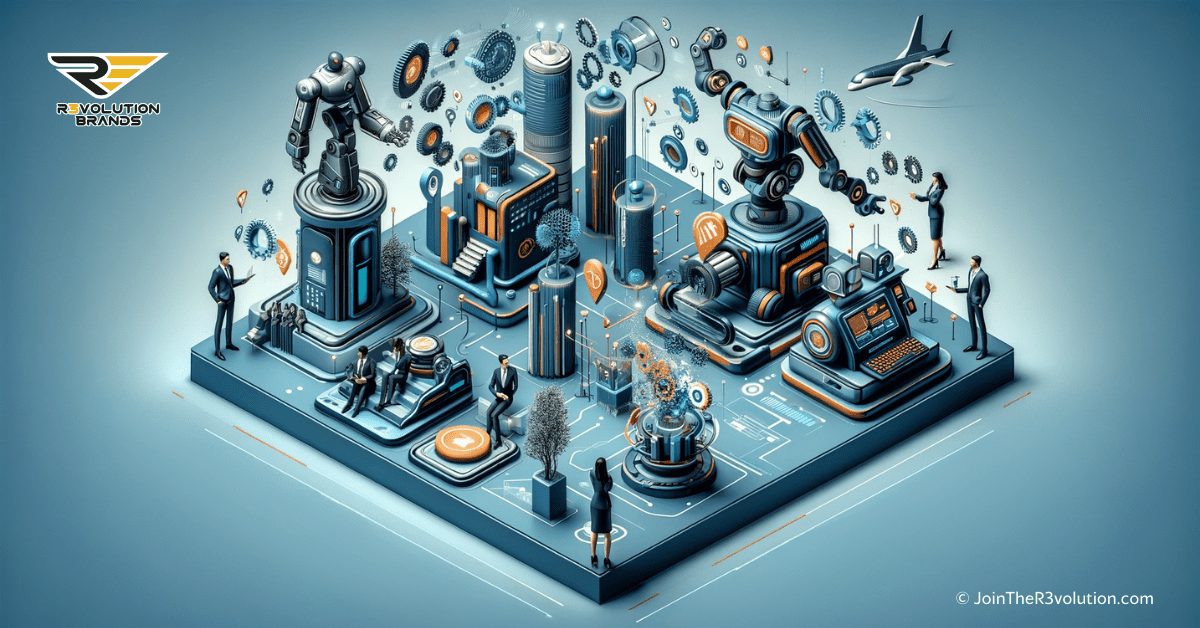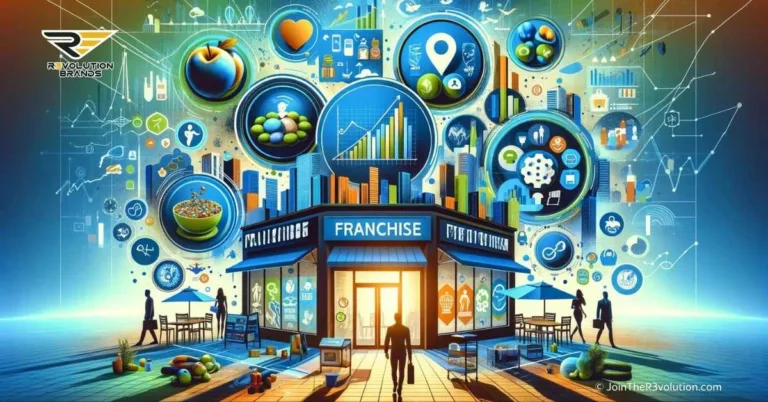In today’s fast-paced and evolving business landscape, staying ahead of the curve is crucial for success. One area that has seen significant advancements is business automation.
As we look towards the future, it’s important to identify the key trends that will shape business automation in 2024.
This article aims to analyze the impact of automation on workforce dynamics and customer service, highlighting the transformative effects of automation on businesses.
Identifying Key Trends in Business Automation for 2024
As we anticipate the trends that will dominate the business automation landscape in 2024, several key areas are worth highlighting:
- Artificial Intelligence (AI) and Machine Learning: AI and machine learning algorithms will continue to advance, enabling businesses to automate complex decision-making processes. By leveraging AI, businesses can streamline operations, improve efficiency, and enhance customer experiences.
- Robotic Process Automation (RPA): RPA involves the use of software robots to automate repetitive and rule-based tasks. In 2024, RPA will continue its growth trajectory, transforming industries such as finance, healthcare, and manufacturing. This technology reduces manual errors, increases productivity, and allows employees to focus on higher-value tasks.
- Integration of Internet of Things (IoT): The IoT ecosystem is expanding rapidly, and in 2024, it will play a crucial role in business automation. By connecting devices, systems, and data, businesses can automate processes, gather real-time insights, and optimize efficiency across various sectors.
- Hyper-Automation: Hyper-automation refers to the integration of multiple automation technologies, such as AI, RPA, and IoT, to create an end-to-end automation ecosystem. This holistic approach maximizes efficiency and minimizes human intervention, driving business growth and innovation.
These trends indicate that automation will be a driving force behind digital transformations in multiple industries in 2024.
Companies that strategically leverage these technologies will gain a competitive edge through enhanced productivity, cost reduction, and exceptional customer experiences.
Analyzing the Impact of Automation on Workforce Dynamics
Automation significantly impacts workforce dynamics, necessitating a strategic approach to workforce planning and management.
Let’s explore some of the effects automation has on employees:

- Job Redesign: Automation enables employees to upskill and focus on more strategic and creative aspects of their roles. By leveraging their uniquely human abilities, employees contribute value through problem-solving, critical thinking, and innovation.
- Automation empowers employees to take on higher-value tasks that require human judgment and creativity. Companies that invest in their workforce by providing training and opportunities for skill development benefit from enhanced employee engagement and morale.
- Shift in Skill Requirements: As automation becomes more prevalent, the demand for certain skills will evolve. In 2024, skills such as data analysis, programming, and AI expertise will be highly sought after. To thrive in an automated landscape, employees need to adapt and continuously update their skill sets.
- Businesses must invest in employee training programs to equip their workforce with the necessary skills in an automated environment. By encouraging a culture of continuous learning, companies ensure their employees remain relevant and adaptable in the face of automation.
- Collaboration between Humans and Machines: Automation does not entail a complete replacement of human workers. Instead, it encourages a symbiotic relationship between humans and machines. Businesses benefit from leveraging automation technologies while harnessing the creativity and emotional intelligence of their employees to deliver exceptional customer experiences.
- By integrating automation into workflows, employees can focus on tasks that require human touch, such as building relationships with customers, understanding their needs, and providing personalized solutions. This collaboration between humans and machines leads to a more efficient and effective workforce.
Impact of Automation on Customer Service
Customer service is a critical differentiator for businesses, and automation plays a significant role in enhancing the customer experience.
Here are some ways automation will impact customer service in 2024:
- 24/7 Availability: Automation enables businesses to provide round-the-clock support through chatbots and virtual assistants. Customers receive immediate responses to their queries, enhancing satisfaction and improving customer retention rates.
- With the integration of AI-powered chatbots and virtual assistants, businesses provide quick and accurate responses to customer inquiries at any time. This availability enhances the customer experience by reducing wait times and increasing convenience.
- Personalization at Scale: Through automation, businesses can collect and analyze vast amounts of customer data. This data-driven approach allows for personalized and tailored experiences, making customers feel valued and understood.
- Automation technologies gather and analyze customer data, ensuring the delivery of personalized experiences at scale. From personalized product recommendations to targeted marketing campaigns, automation ensures customers receive tailored interactions that cater to their unique preferences and needs.
- Efficient Resolution of Common Issues: Automation handles repetitive and straightforward customer inquiries, freeing up human agents to focus on complex issues that require empathy and critical thinking. This ensures faster resolution times and a higher level of service quality.
- Automation solutions such as self-service portals, knowledge bases, and automated ticketing systems enable customers to find answers to common questions and resolve simple issues on their own. This streamlined process allows human agents to allocate their time and expertise to more complex and nuanced customer concerns, resulting in faster response times and improved customer satisfaction.
By embracing automation, businesses elevate their customer service, delivering seamless, personalized, and efficient experiences that drive customer loyalty and advocacy.
The Trends with Transformative Business Automation
As we look towards 2024, embracing the transformative business automation trends is crucial for staying competitive in a rapidly changing world.
By harnessing technologies such as AI, RPA, and IoT, businesses revolutionize workforce dynamics, enhance customer service, and achieve operational excellence.
The analysis of the impact of automation on employees and customer service reveals the significant benefits that automation brings. So, let’s embrace the future and leverage the power of automation to drive innovation and success for our businesses.





